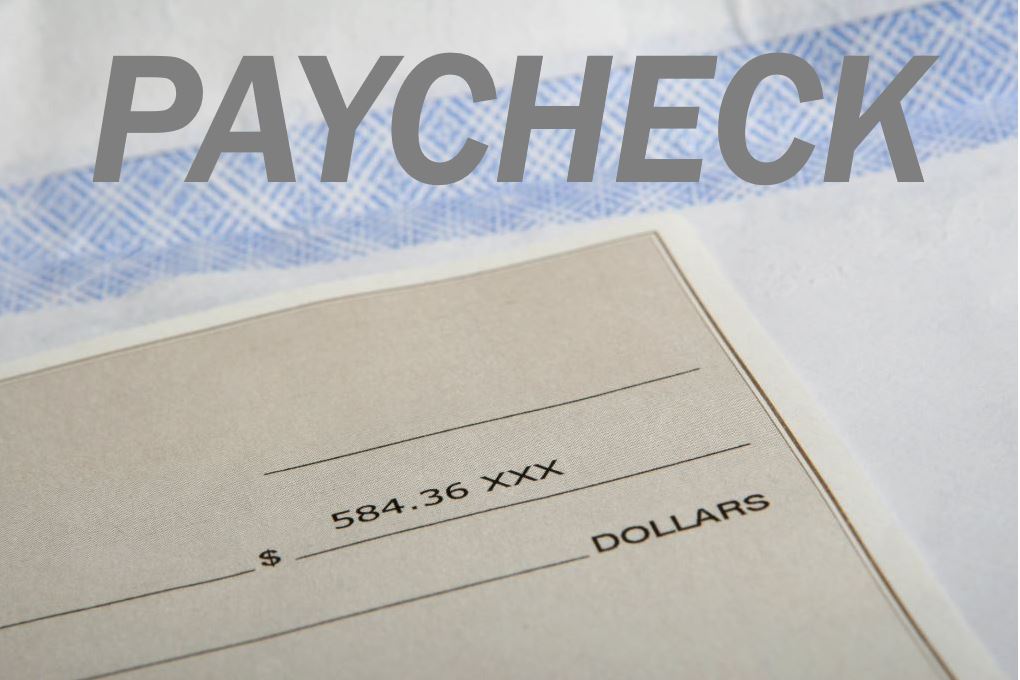Are you about to hire your first employee?
As a business owner, you need to worry about hiring the right person and then paying them. You can’t pay them under the table. You have to figure out payroll.
Almost half of the business owners prefer to run payroll themselves. If you’re one of them, you need to make sure you pay the correct amount and keep great records.
 How do paychecks work? Keep reading to find out.
How do paychecks work? Keep reading to find out.
When Did Paychecks Begin?
Over the centuries, people would perform work in exchange for something. In some cases, it was goods or services. There were people who were paid in beer with records kept of those beer payments.
Eventually, the current system came to be. Your workers do a specified job in exchange for money. That’s simple enough.
However, there are others who want a cut of that agreement. The federal government first passed federal tax withholdings in 1913. Not many people were on board with that, and it was repealed in 1917.
In the 1930s, social security became law and World War II happened. Both of those things required the government to have a steady stream of income. That led to the Current Tax Payment Act, which became law in 1943. That system is still in place today.
How do Paychecks Work?
Here’s how paychecks work. When you hire your employee, they need to fill out a W-4 form. This form serves as a set of instructions that tell you how much federal income tax should be withheld from an employee’s paycheck.
Your employees record the time that they worked. If they’re hourly employees, you multiply the hourly rate by hours worked. That’s their gross pay.
Salaried employees have an annual rate that they may. You take that annual salary and divide it over the number of pay periods. Someone making $50,000 over 26 pay periods will have a gross pay of $1913.08.
Next, you have payroll deductions. You have to calculate how much income tax is taken out. You also have to withhold state taxes, 1.45% for Medicaid, and 6.2% for social security. You have to match those social security and Medicare payments.
Your employees may have other withholdings depending on their benefits program. You may need with withholding for retirement savings, like an IRA, health insurance premium, or 401(k).
The paystubs need to clearly show the gross pay, all withholdings and the appropriate payroll code, and net pay. You can learn more about that here.
End of Year Records
At the end of the year, your job is to distribute W-2 forms to your employees. This form sums up the amounts paid and withheld for an entire year. They have to file their own taxes and need this information to do so.
Payroll Done Right
You can spend a lot of time doing payroll and mistakes are costly. You have to understand payroll and how it works.
How do paychecks work? They’re how your employees know how much they earn, how much is deducted, and what’s leftover. They also make it easier for you to report your own business taxes.
Check out this site often for more business and financial tips.
Interesting related articles:

